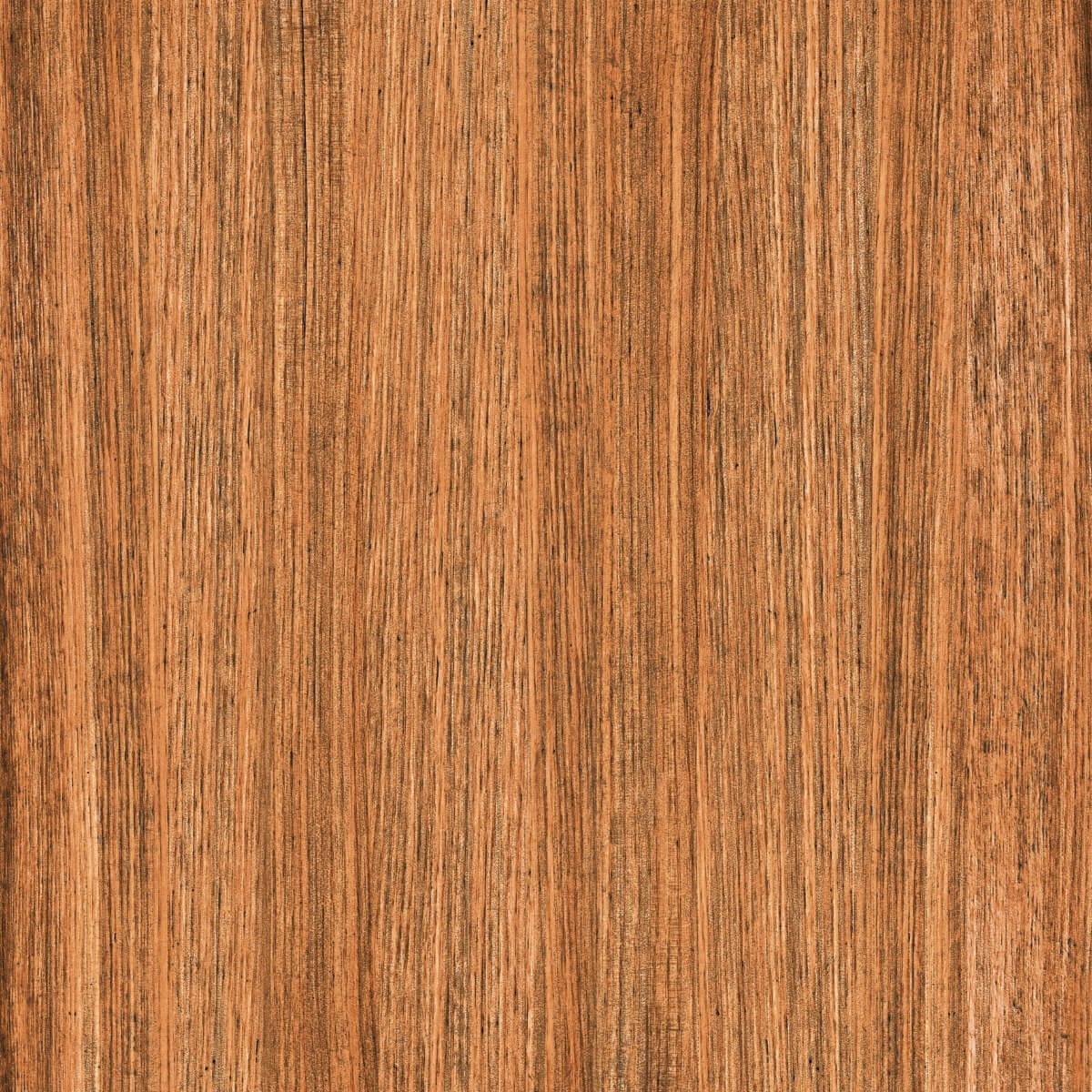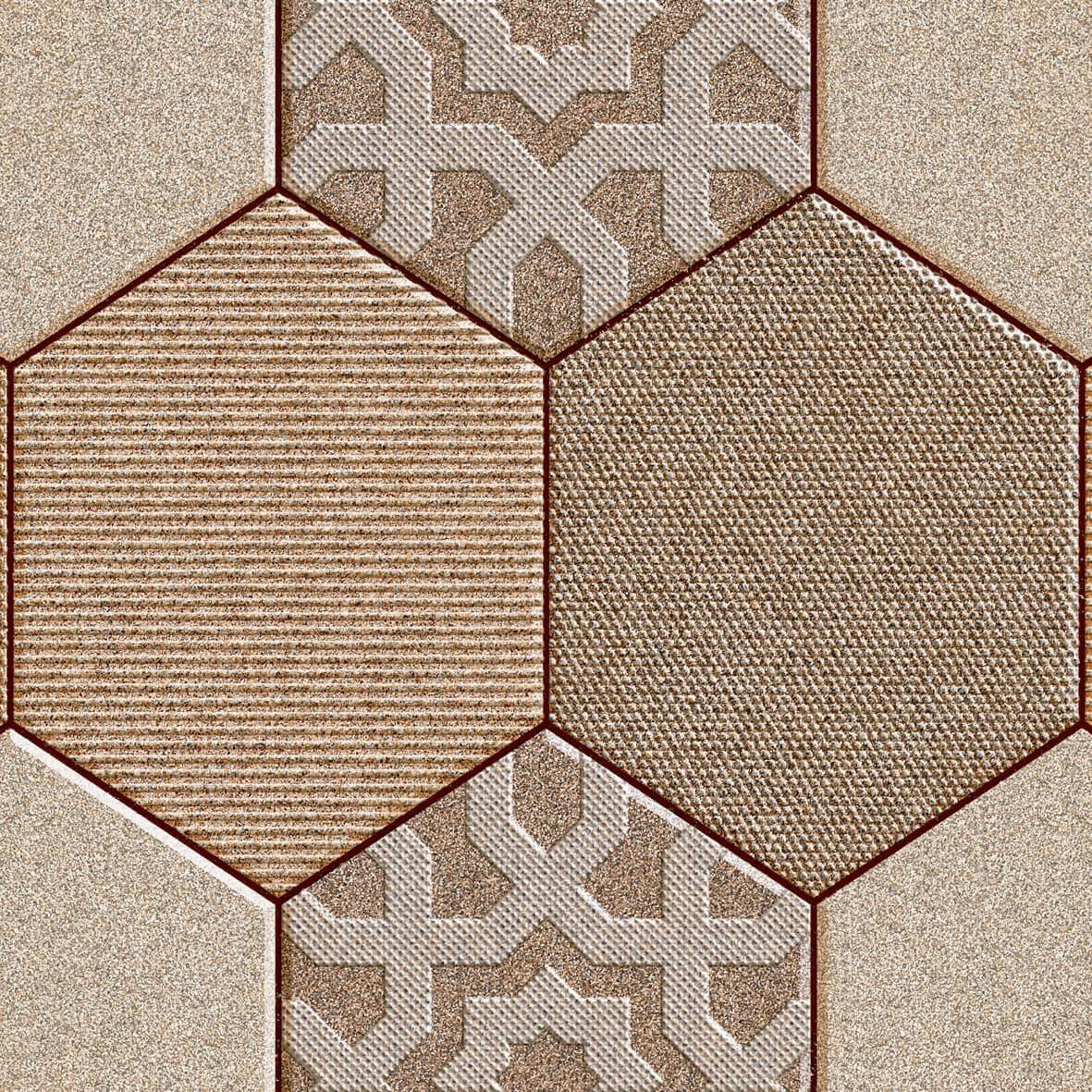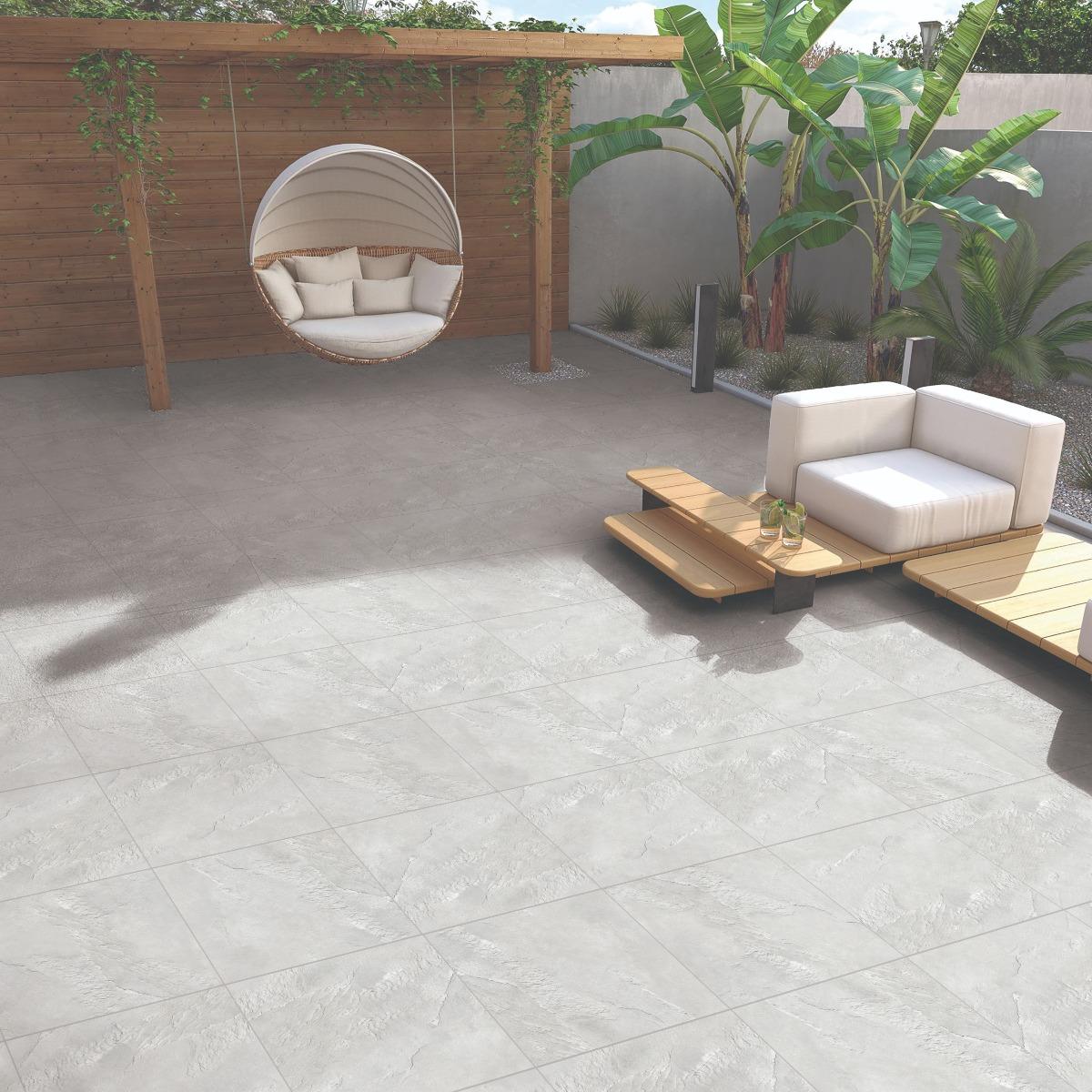06 Oct 2022 | Updated Date: 14 Feb 2025, Read Time : 6 Min
993
Which Types Of Flooring Is Best And Safest For Ageing Seniors And Elderly Adults?
Flooring is a very important element to consider for an ageing person’s home. It can truly impact their quality of life, safety, and well-being.
According to a statistic, almost 25 in 100 adults aged 65 and above fall yearly. And of these adults, nearly 20% suffer from broken bones or head injuries due to their falls. This is why making the floor of the home safe is very important.
While choosing the flooring for a space where the elderly might live and move around, there are certain things you need to ask yourself:
- Is the flooring material slip-resistant?
- Is the flooring easy to walk on, especially with a wheelchair or cane?
- Is the floor soft enough to cushion the fall?
- Is the floor easy to clean and maintain?
But many times, the pointers mentioned above may not be compatible with each other. For example, a carpet can cushion falls but may be challenging to manoeuvre a wheelchair over. Also, getting dust out of carpets can be very difficult.
In such a scenario, you need to prioritise your needs based on the room you choose the flooring for. While a carpet may work in the bedroom, it definitely won’t in the kitchen.
But, before we talk about the choice of materials, let us look at some do’s and don’ts to follow while designing a space for the elderly.
Do’s & Don’ts
1) Do Not Use Lose Rugs
Area rugs are one of the hottest trends, and adding one can amp up your space, but they are also a significant tripping hazard – especially for older adults that do not lift their feet and walk. Smaller rugs also can slip someone across the floor as there is not enough weight to hold them down. So, in general, avoid using area rugs.
2) Do Add Rubber Mats To The Frequently Wet Areas
These mats are usually heavy and do not move around much, reducing the risk of tripping or slipping. Adding them to the kitchen and bathroom can reduce the chance of accidents and provide you with a soft underfoot that is comfortable to stand on for extended periods without feeling fatigued.
3) Do Keep The Floor Dry
Wet floors are a significant slipping hazard. Make sure spills are cleaned up immediately to avoid accidents.
4) Do Keep The Clutter Off The Floor
While this is slightly difficult, especially in homes that also have kids and pets, ensure that there is minimal to no clutter on the floor. Stuff like toys, books, clothes, and other items, like cords and wires, can cause people to trip – so keep them tight.
5) Do Use Ample Lighting
It is common for ageing and elderly adults to have poor eyesight. Make it easier for them by having solid light sources in their frequent areas, such as bathrooms and hallways. You can also add motion-sensitive lights, so they do not have to fumble around for the switches in the dark.
6) Do Not Mix Socks And Hard Surfaces
Socks and hard surfaces are a sure-shot recipe for slipping. Avoid wearing regular socks – instead, opt for anti-skid socks or anti-slip footwear.
Top Flooring Choices For Homes With The Elderly
When choosing flooring, the biggest question is whether you should opt for soft floorings such as carpeting or hard flooring such as tiles. Well, the answer will depend upon the space you are installing the flooring in. Many people prefer to add softer flooring, such as carpets, in seldom used (or rarely walked upon) spaces such as bedrooms.
While hard surfaces are easier to clean and last longer, softer surfaces provide a better underfoot and more cushioning in case of a fall.
So, which flooring option should you choose? Here is a list of our favourites!
1) Anti-Skid Tiles
If you are someone that prefers hard surfaces due to their durability and ease of cleaning, anti-skid tiles would be the top choice. These tiles have a special top layer that increases traction and reduces the chances of slipping.
Made using materials like vitrified and ceramic, these tiles are robust and do not crack or chip easily (unless you drop something heavy), making them a very safe choice for your space. The tiles are also easy to install and are easy on the pocket, making them a great choice for people who are redecorating on a budget.
Since they are low maintenance, ageing adults will not find cleaning and maintaining the floors a tiresome job. They also have minimal porosity and absorb none to minimal water, reducing the instances of water damage to your floors. They also do not attract a lot of dust and can quickly be dusted and mopped, thus reducing the chances of allergies flaring up.
While these tiles are primarily used in wet spaces like bathrooms, kitchens, terraces, balconies, porches, and other outdoor areas, they can also be used indoors in spaces like living rooms, dining rooms, bedrooms, and hallways. Available in various colours and designs, you can be assured you will find a tile that works well with your design and colour parameters.
2) Vinyl Planks
Another popular hard flooring choice, vinyl planks mimic the look of hardwood floors, but are sturdy and waterproof. Easy to clean, these planks require minimal maintenance. They also have a hard surface and are slip-resistant.
These planks can be installed on existing floors – so you do not need to rip up your floors completely to install them, helping you save on labour costs and time. They also often have a layer of cork under them, providing you with a softer underfoot and some semblance of cushioning if you fall.
Vinyl planks are available in multiple wood finishes in different shades, providing you with the look that you want. They are also a lot cheaper than some of the more expensive flooring options.
3) Carpets
Carpets are one of the “soft surface” options. It is best to opt for tightly woven carpets with high density since they are easier to walk on than loose and less dense carpets. Carpets should not be confused with rugs – carpets are stuck to your floor with an adhesive and are often wall-to-wall.
Rugs, on the other hand, are smaller pieces of carpet just placed on the floor. They are not stuck on, have movable corners and can quickly shift around due to the lack of weight on them. Rugs are also a significant tripping hazard.
Carpets are excellent for bedrooms since they are softer on your feet and provide warmth (a plus in places with colder climates). They can also help cushion falls if someone falls out of bed.
The only disadvantages of carpets are that they are major dust magnets, and cleaning can be a chore. Also, dragging a walker with wheels or a wheelchair across a carpeted floor may be difficult (but, usually, tighter carpets make this process a lot easier.
As you can see, no one flooring option will work for everyone or for even all the rooms in the same home. It is best to choose the flooring material based on your needs for each room.
While anti-skid tiles may work best in bathrooms, kitchens, balconies and porches, living rooms and dining rooms may benefit from vinyl planks, and carpets work best in bedrooms. Use the resources available to you to make the best choice.
Also Read: These 5 Bathroom Tiles are Safest Flooring Options for Aging Adults
How Can Orientbell Tiles Help You?
We hope you found our ideas useful! If you want beautiful tiles for your home, then look no further. Visit the nearest tile store to pick the right flooring for your home, or you can also try the tiles online and see how they look in your place in real-time by using our TriaLook feature.
 600×1200 mm
600×1200 mm 600×600 mm
600×600 mm 195×1200 mm
195×1200 mm 300×600 mm
300×600 mm 300×600 mm
300×600 mm 300×450 mm
300×450 mm 300×600 mm
300×600 mm 300×450 mm
300×450 mm 300×600 mm
300×600 mm 300×600 mm
300×600 mm 300×450 mm
300×450 mm 300×600 mm
300×600 mm 600×1200 mm
600×1200 mm 600×600 mm
600×600 mm 600×600 mm
600×600 mm 600×1200 mm
600×1200 mm 600×600 mm
600×600 mm 600×600 mm
600×600 mm 300×600 mm
300×600 mm 600×600 mm
600×600 mm 300×600 mm
300×600 mm 600×600 mm
600×600 mm 145×600 mm
145×600 mm 600×600 mm
600×600 mm 300×600 mm
300×600 mm 600×600 mm
600×600 mm 300×600 mm
300×600 mm


























